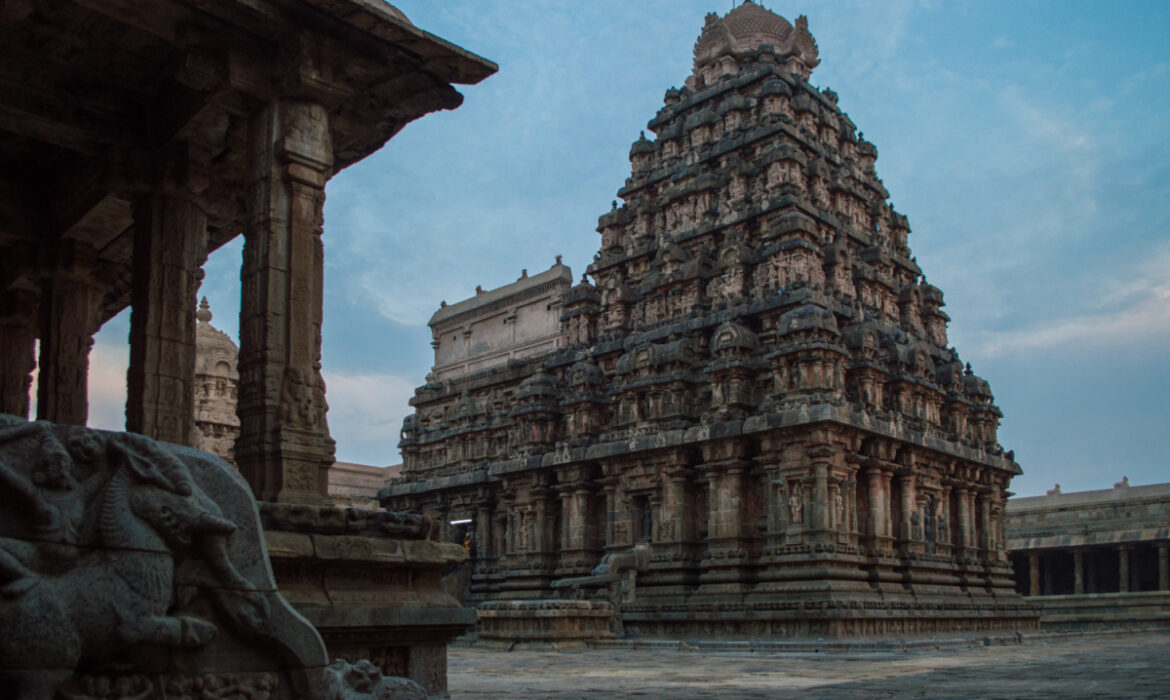Introduction:
Dravidian architecture is one of oldest structures still alive. This traditional architecture emerged in 5 or 6th century. Architects across the globe say there are only two architect cultures 2000 years years they are Rome and Dravidian and many countries later adopted these concepts with slight changes.
Hire Best Interior Designers in chennai to complete your project successfully
So Dravidian architecture is the inspiration for most tall structures. Though the kingdom of chera, chola and pandya were continuously changing, the architectural design doesn’t change.
There are other temples in the world which are similar to the dravidian ones. Most of the architectural designs in Singapore, Malaysia and Cambodia temples received direct influence from Dravidian design.
Initially Dravidian architecture was carved by pallava king mahendravarman. Till now many people came and ruled our country, but they couldn’t change our culture.
Don’t think dravidian architecture just belongs to southern india. Dr Ambedkar has already mentioned this. Dravidians are the people who were living all over india. So there is a big influence of dravidian style with major north indian styles. For example we can find a similar style with
- Mughal Architecture
- Punjab Architecture
- Arab Architecture as well as
- Sikh architecture
So Dravidian people elevated the rock-cut concept to the next level. We might wonder about rock-cut temples in the northern part of india. These temples are the initial stepping stone for creating tremendous sculptures.
Let’s look at the different types of architecture a little bit deeper.
Mughal Architecture:
The best time of the Mughal empires is during the 14th to 18th century. Across India they started to rule, so constructing their buildings, mosques were at their peak. Comparably the mughal architecture is loosely merged with kalinga and dravidian architecture.

